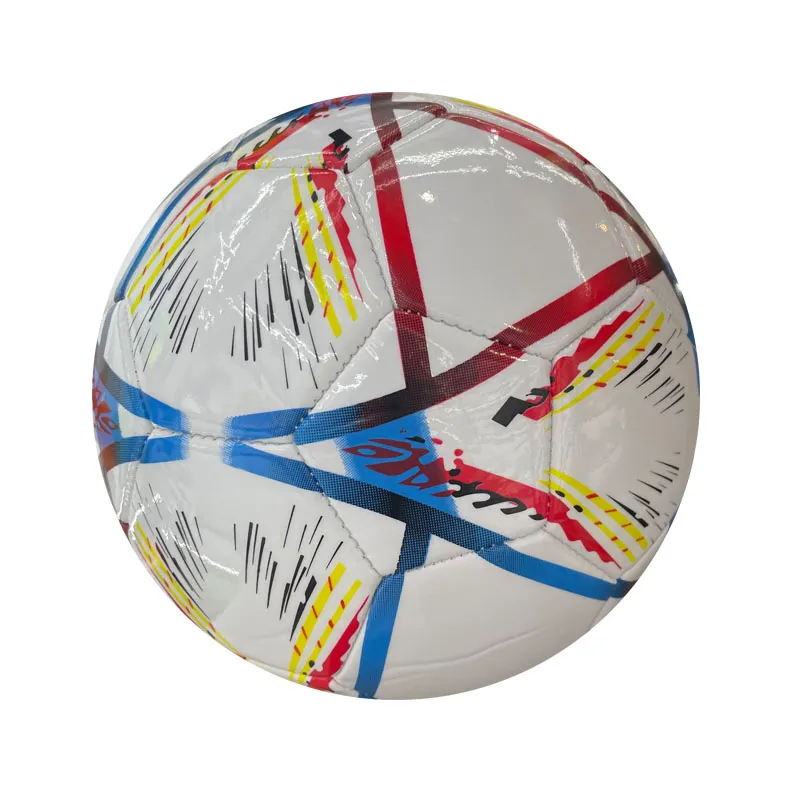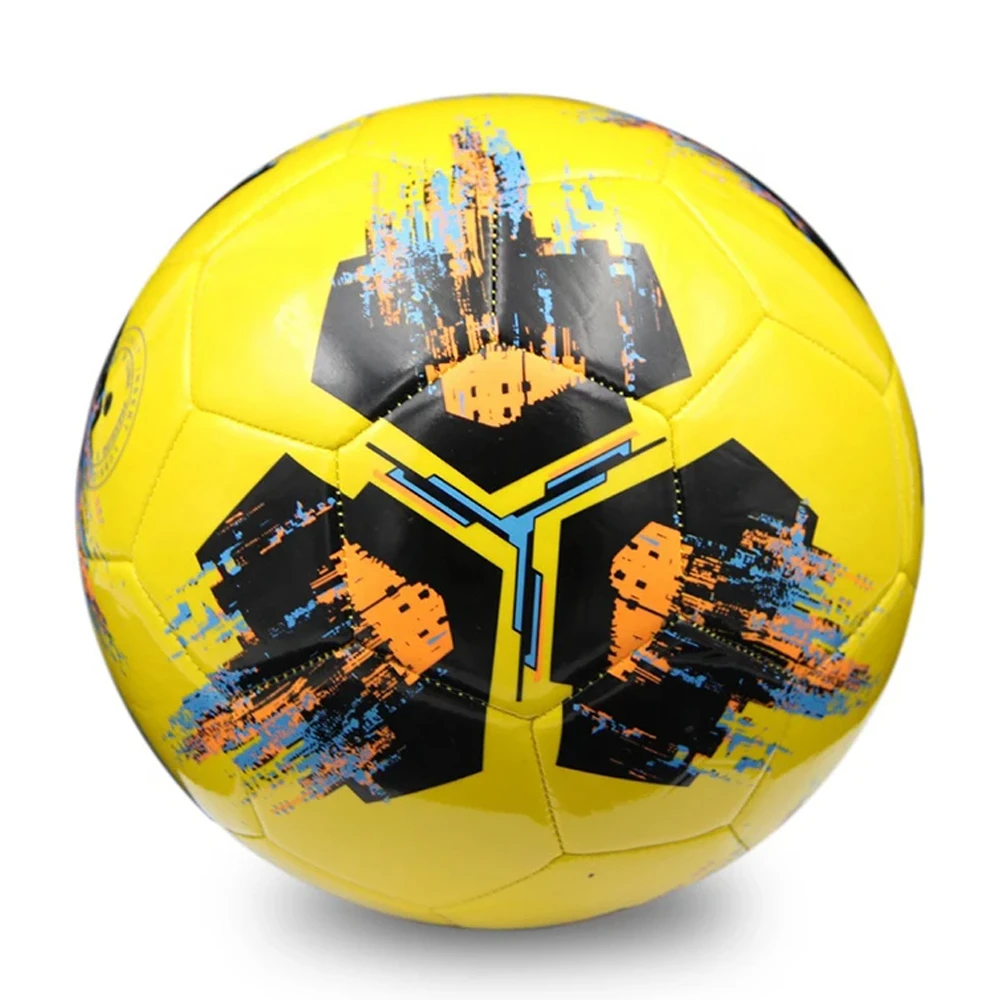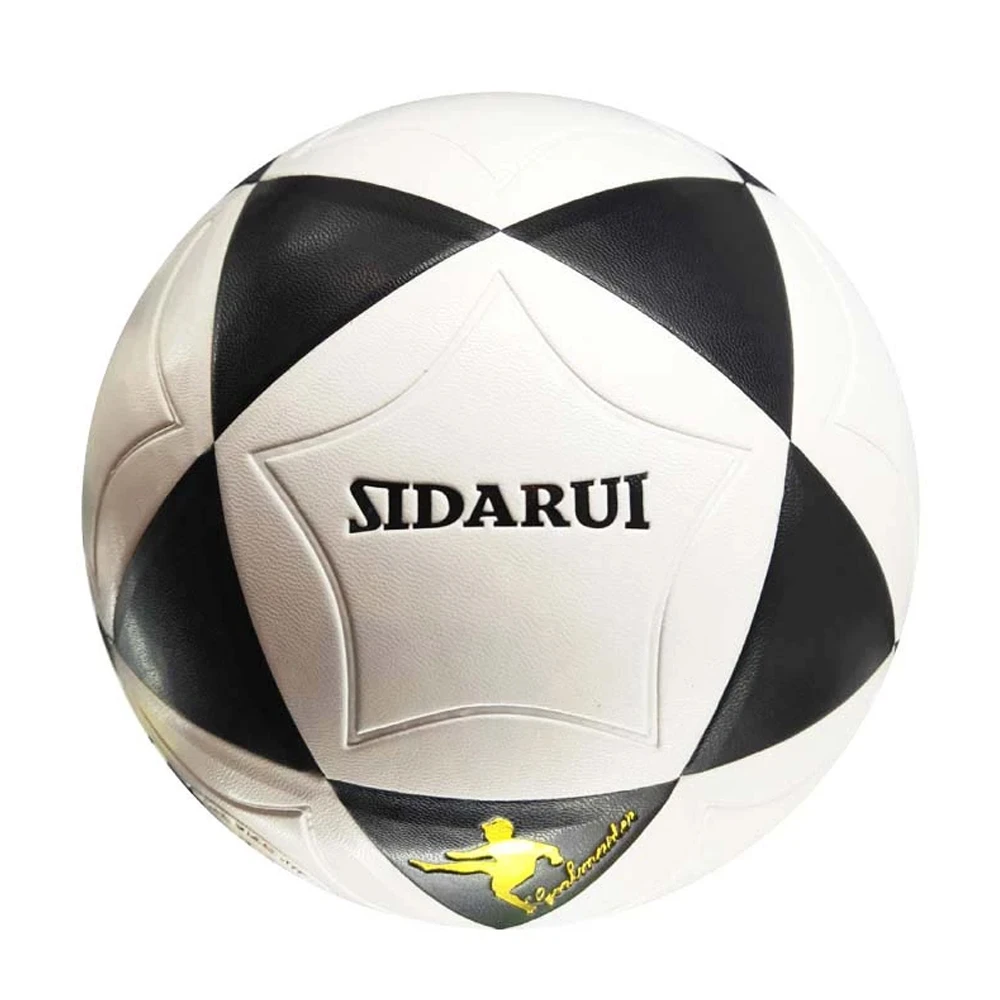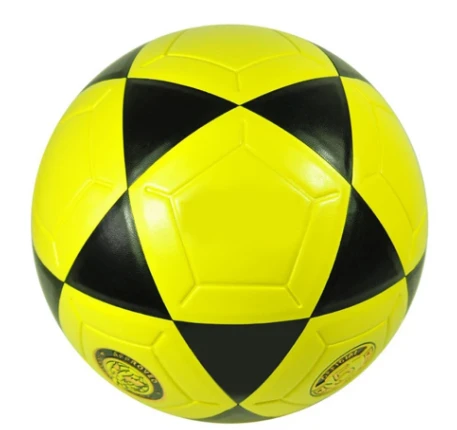Jun . 24, 2025 06:07
- Introduction to Basketball Sizes and Importance
- Understanding Size 6 Basketball in Inches: Dimensions and Usage
- Standard Size Basketball Comparison: Size 6 vs Size 7
- Technical Advantages and Material Innovations in Basketballs
- Manufacturer Comparison: Data and Performance Table
- Custom Basketball Solutions for Teams and Organizations
- Conclusion: Size 6 Basketball in Inches and Its Impact on the Game

(size 6 basketball in inches)
Introduction to the Standard Size Basketball and Its Significance
The world of basketball is intricately structured around precise standards, with each size of basketball specifically tailored for distinct player groups and game formats. Understanding the standard size basketball is crucial for players, coaches, and suppliers to ensure optimal gameplay, safety, and skill development. The core basketball sizes include size 5, 6, and 7, with variations influencing handling, shooting mechanics, and game tempo. Choosing the correct size is not merely a preference but a necessity for maintaining professionalism and competitive integrity across leagues. This blog delves into the critical measurements, comparisons, technical advances, manufacturer analysis, customization options, and real-life use cases—focusing extensively on the size 6 basketball in inches
.
Dimensions and Usage of Size 6 Basketball in Inches
The size 6 basketball in inches has become a cornerstone in youth and women’s basketball worldwide. Officially, a size 6 basketball boasts a circumference of 28.5 inches (72.4 cm) and a weight of roughly 20 ounces (567 grams). This size is recognized by FIBA, the NCAA, and most national federations as the official ball for women’s professional and collegiate play, as well as for boys aged 12–14. In contrast, younger boys and girls use a smaller size 5, while adult males use size 7. The choice of basketball size, particularly the prevalence of size 6, results from data-backed research into ergonomics and biomechanics, facilitating better grip, shot accuracy, and reduced injury risk for its target demographic. Its adoption bridges the gap between skill development and smooth transition to the professional standard.
Size 6 vs Size 7 Basketball in Inches: A Comparative Overview
Comparing the size 6 basketball in inches with the size 7 basketball in inches highlights vital distinctions essential for players, coaches, and buyers. The size 7 basketball, designated for adult male competitions, features a circumference of 29.5 inches (75 cm) and a weight of 22 ounces (623 grams), thus offering a more substantial feel, greater momentum, and increased hand span demand. The 1-inch difference in circumference and a 2-ounce increase in weight may seem minimal, but it significantly affects ball control, rebound consistency, and shooting range in professional play. The following table succinctly compares their specifications:
| Size | Circumference (inches) | Weight (ounces) | Recommended Use |
|---|---|---|---|
| Size 6 | 28.5 | 20 | Women’s competitions, Boys (12–14 years) |
| Size 7 | 29.5 | 22 | Men’s competitions (15 years+) |
The standardized sizing governed by official sporting bodies ensures fairness, consistent training, and a streamlined progression path for aspiring athletes.
Technical Advantages and Material Innovations in Modern Basketballs
The manufacturing of today’s standard size basketball involves advanced technologies that go beyond mere circumference and weight parameters. Modern basketballs, including both size 6 and 7, feature innovations such as microfiber composite covers for enhanced grip in various climate conditions, deep channel designs for precision handling, and moisture-wicking linings to reduce slippage. Internal technologies utilize butyl rubber or specialized bladders, maintaining air retention 20% longer than traditional rubber.
Notably, the adoption of eco-friendly materials and precision-bladder construction allows manufacturers to enhance roundness accuracy to within 0.1 cm, compared to earlier tolerances of 0.5 cm. These developments foster consistent bounce, uniform rotation, and improved shooter feedback, all crucial for high-performance play. Data from leading suppliers indicate that composite material basketballs outperform leather balls by a margin of 12% in moisture resistance and 9% in surface durability over 12 months of intensive use.
Basketball Manufacturer Comparison: Data and Performance Table
Global basketball manufacturing giants such as Spalding, Wilson, Molten, and Nike invest heavily in technology and research, resulting in diverse basketball lines with unique attributes. The following comparative table elucidates key performance data, price points, and technology integration for size 6 and size 7 models from top brands.
| Brand | Model | Size | Material | Air Retention (weeks) | Surface Durability (months) | Price ($) | Unique Feature |
|---|---|---|---|---|---|---|---|
| Spalding | NBA Official | 7 | Full Grain Leather | 6 | 18 | 169 | NBA Game Replica |
| Wilson | Evolution | 6 & 7 | Microfiber Composite | 7 | 20 | 80 | Cushion Core Tech |
| Molten | BG5000 | 7 | Premium Leather | 5 | 15 | 180 | Global Game Standard |
| Nike | Elite Competition | 6 & 7 | Composite | 8 | 18 | 90 | Moisture Handling |
Examining this data, Wilson’s Evolution series emerges as a leader for high school to collegiate play due to its exceptional performance in air retention and surface longevity at a mid-level price. Spalding and Molten dominate the professional segment, offering ultimate authenticity and craftsmanship.
Custom Basketball Solutions: Meeting Unique Organization Needs
As basketball programs diversify, so does the demand for custom solutions beyond the standard size basketball. Professional teams, amateur clubs, educational institutions, and corporate events increasingly seek bespoke basketballs in size 6 and 7 with distinct panel colors, printed logos, or player personalization. Customization also encompasses grip texture selection, bladder pressure calibration, and eco-friendly packaging in response to league mandates and environmental concerns.
When executing a bulk order, supplier flexibility in minimum order quantities, lead times, and post-purchase support become vital. Some manufacturers offer digital mockups and rapid prototyping, reducing turnaround from concept to shipment by as much as 35% compared to traditional processes. For organizations prioritizing brand visibility, research shows that personalized basketballs deliver a 17% increase in post-event recall and community engagement, highlighting the practical value of customization.
Conclusion: The Value of Size 6 Basketball in Inches in Today’s Game
The precision and deliberate engineering behind the size 6 basketball in inches encapsulate a commitment to player development, inclusivity, and performance consistency across levels. Its 28.5-inch circumference uniquely addresses the biomechanics of women and young athletes, bridging skill gaps and aligning with international sporting standards. As materials evolve, major brands leverage innovation to set new industry benchmarks in durability, grip, and sustainability, ensuring every athlete—regardless of gender or age—benefits from tailored equipment. When comparing leading manufacturers or exploring bespoke options, a focus on data and field-tested performance remains paramount. Ultimately, the choice and continual refinement of the standard size basketball shape the modern game, offering tangible, data-driven advantages that resonate from local courts to top-tier tournaments worldwide.

(size 6 basketball in inches)











